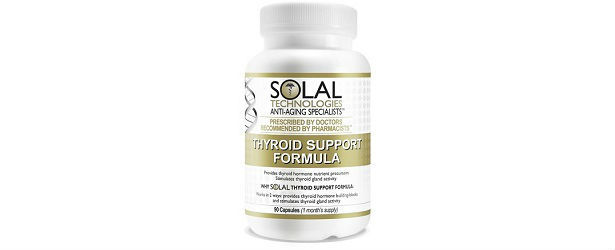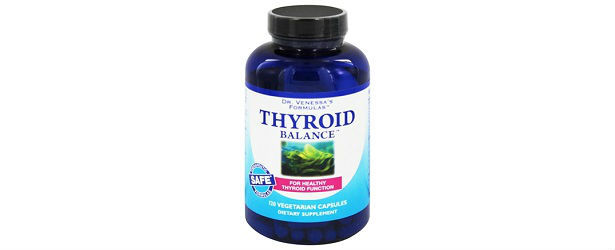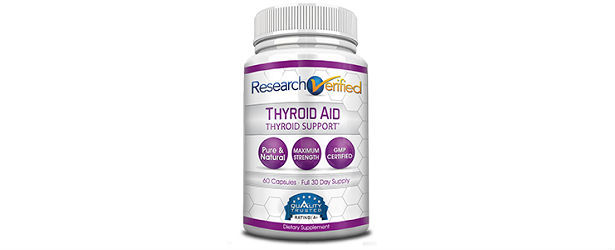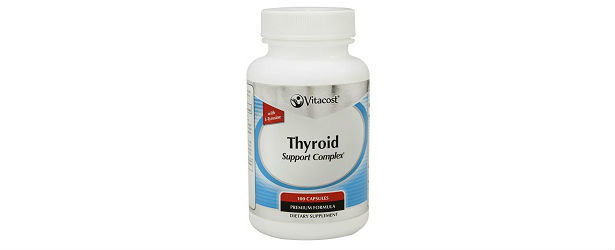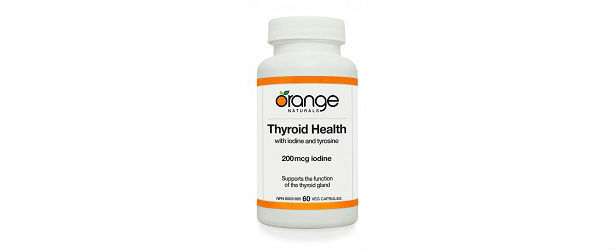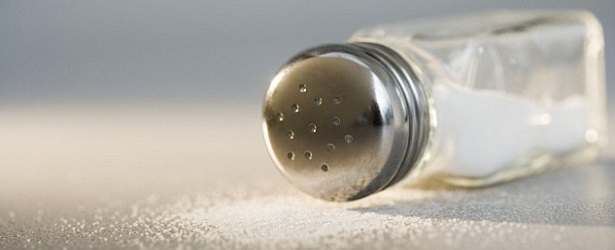
Meeting Iodine and Salt Needs
Although iodine and salt are related in their intake in the diet, such as in the form of iodized salt, but their functions are not much interrelated except for the hormonal functions. Before the 1920s, enlargement of the thyroid gland, that is the goiter, was a major health issue. Since goiter is mostly cause by iodine deficiency, so use of iodized salt was made popular to prevent this ailment. By taking this step, the number of the cases of goiter has fallen drastically. You might be taking adequate amounts of sodium and iodine from the salt but you should be mindful of the health concerns and recommendations about their intake in your diet.
 Constituents of the Iodized Salt
Constituents of the Iodized Salt
Sodium is the main constituent of the salt and makes up 40 percent of the substance of the salt. The processed food contains salts in them. Therefore, consuming too much processed food can influence your daily sodium intake drastically. But mostly, the food manufactures do not utilize the iodized salt. That is why, you might be getting a good deal of sodium but an insufficient amount of iodine in you diet.
Daily Requirements of Iodine and Sodium
RDA or recommended daily allowance of the dietary iodine in adult, men and women, is 150 mcg per day. For the lactating and pregnant women RDA of the dietary iodine is 290 mcg and 220 mg, respectively.
Breast-feeding and pregnant women are more prone to the iodine deficiency because of the increased demand for iodine in them. There is no particular recommended daily allowance for the sodium intake but a maximum of 1500 mg of sodium can be consumed daily.
Sources of Iodine
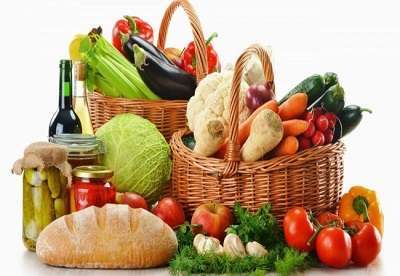 If you totally rely on the iodized salt to fulfill your daily requirement of iodine, then you would have to take at least half teaspoon of iodized salt in your diet, each day. But this way you might consume excess amounts of sodium. A better alternative will be to eat food items rich in iodine, for example low fat milk, nuts, tuna, cod, prunes, shrimp, seaweed and whole eggs etc. Almost all kinds of foods contain certain amount of sodium in them – from dairy foods and meats to plain nuts, vegetables and fruits. Therefore, even when you cut down added salt in your diet, it is extremely unlikely that your sodium intake will be insufficient. That is why, you need to be more concerned about your iodine intake since you are more susceptible to iodine deficiency as compared to the sodium deficiency.
If you totally rely on the iodized salt to fulfill your daily requirement of iodine, then you would have to take at least half teaspoon of iodized salt in your diet, each day. But this way you might consume excess amounts of sodium. A better alternative will be to eat food items rich in iodine, for example low fat milk, nuts, tuna, cod, prunes, shrimp, seaweed and whole eggs etc. Almost all kinds of foods contain certain amount of sodium in them – from dairy foods and meats to plain nuts, vegetables and fruits. Therefore, even when you cut down added salt in your diet, it is extremely unlikely that your sodium intake will be insufficient. That is why, you need to be more concerned about your iodine intake since you are more susceptible to iodine deficiency as compared to the sodium deficiency.
Cut off Values for the Minerals
Daily intake of iodine should not exceed 1100 mcg. This is the maximum quantity of iodine that can be tolerated without any serious health risks, such as gastrointestinal disturbances, thyroid disorders and coma. Same principle applies to the sodium intake. Cut off value for the daily sodium intake is 2300 mg in a healthy individual. However, for people above the age of 50 years or those suffering from the hypertensive disorder should limit their sodium intake to 1500 mg per day.
TOP 5
THYROIDProducts |
|||||
| Thyraid | ThyroMend | Thyrene | SupraHealth | Blue Spring | |
|---|---|---|---|---|---|
| 1 | 2 | 3 | 4 | 5 | |
| Price (1 bottle) Price (6 bottles)best value |
$49.95 $139.80 |
$38.95 $233.70 |
$39.99 $159.96 |
$59.97 $323.84 |
$35.99 $194.35 |
| Overall Rating | 99.50% | 85.70% | 76.60% | 68% | 60.20% |
| Performance* |





|





|





|





|





|
| Speed of Results* | Extremely Fast | Good | Average | Average | Slow |
| Quality of Ingredients | Premium | Good | Good | Average | Average |
| Customer Satisfaction Evaluation | 99.20% | 84% | 74% | 68% | 60% |
| Safety Evaluation | Safe for Use | Safe for Use | Safe for Use | Safe for Use | Safe for Use |
| Customer Service Rating |





|





|





|





|





|
| Reorder Rate | Highest | Good | Good | Average | Average |
| Return Policy | Risk Free | Risk Free | Handling & Restocking Fee | Risk Free | Risk Free |
| Success Rate | 99.20% | 85% | 69.20% | 67.50% | 60% |

 Subscribe Now
Subscribe Now





